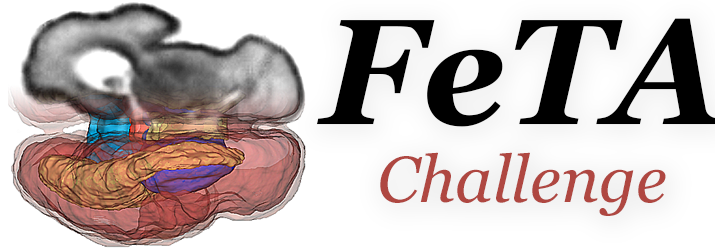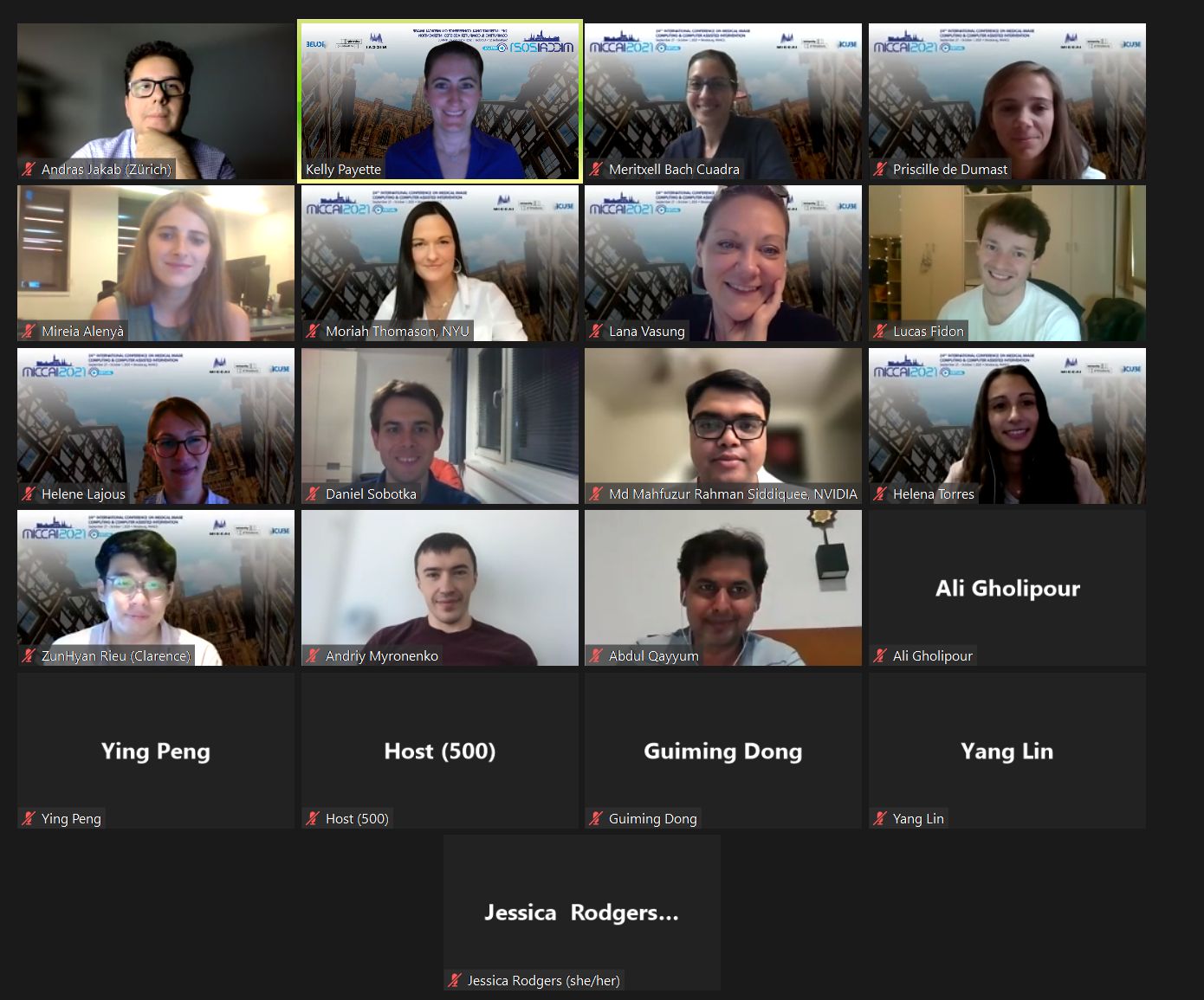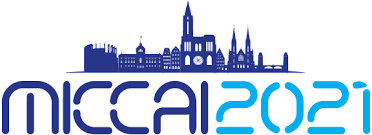Fetal Brain Tissue Annotation and Segmentation Challenge (FeTA), MICCAI 2021
The Fetal Brain Tissue Annotation and Segmentation Challenge (FeTA) is a multi-class image segmentation challenge organized as part of MICCAI 2021. The goal of FeTA is to compare automatic multi-class segmentation methods for the segmentation of developing human brain tissues. The challenge provides manually annotated, super-resolution reconstructed MRI data of human fetal brains which will be used for training and testing automated multi-class image segmentation algorithms.

The full challenge design can be found here: Fetal Brain Tissue Annotation and Segmentation Challenge | Zenodo
To participate, please click on 'Join' in the menu at the top.
Congratulations to all Participants of FeTA 2021!

Congratulations to our Top 3 Teams!
1. NVAUTO
2. SJTU_EIEE_2-426Lab
3. pengyy
FeTA 2021 Participants:
Here are the slides from the challenge: FeTA 2021 Presentation
Data Release:
The data for the FeTA Challenge has been released! Click here for details: FeTA Dataset
Important Dates:
Data Release: May 3, 2021
Docker Submission Deadline: July 26, 2021 July 30, 2021 23:59 UTC
Algorithm Description Deadline: August 5, 2021 Aug 9, 2021
Notification of Presentations to top teams: Aug 31, 2021 Sept 1, 2021
Early Bird Registration for MICCAI: Sept 3, 2021 (register here: https://www.miccai2021.org/en/REGISTRATION.html)
FeTA 2021: Oct 1, 2021


Acknowledgements
The project was supported by the Hasler Foundation (Kelly Payette), the University Research Priority Program "Adaptive Brain Circuits in Development and Learning (AdaBD" (Andras Jakab), the Novartis Foundation for Medical-Biological Research and the Prof. Max Cloetta Foundation (Andras Jakab).
Reference
Please cite the following when using the FeTA dataset in your research:
Payette, K., de Dumast, P., Kebiri, H. et al. An automatic multi-tissue human fetal brain segmentation benchmark using the Fetal Tissue Annotation Dataset. Sci Data 8, 167 (2021). https://doi.org/10.1038/s41597-021-00946-3

